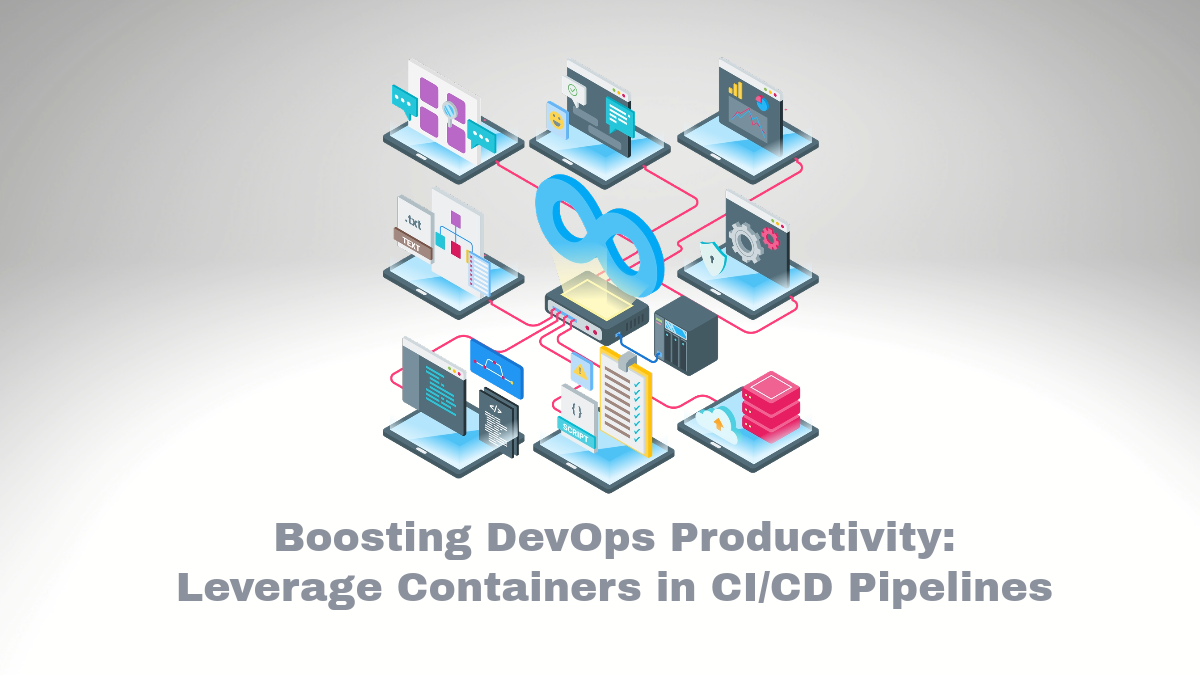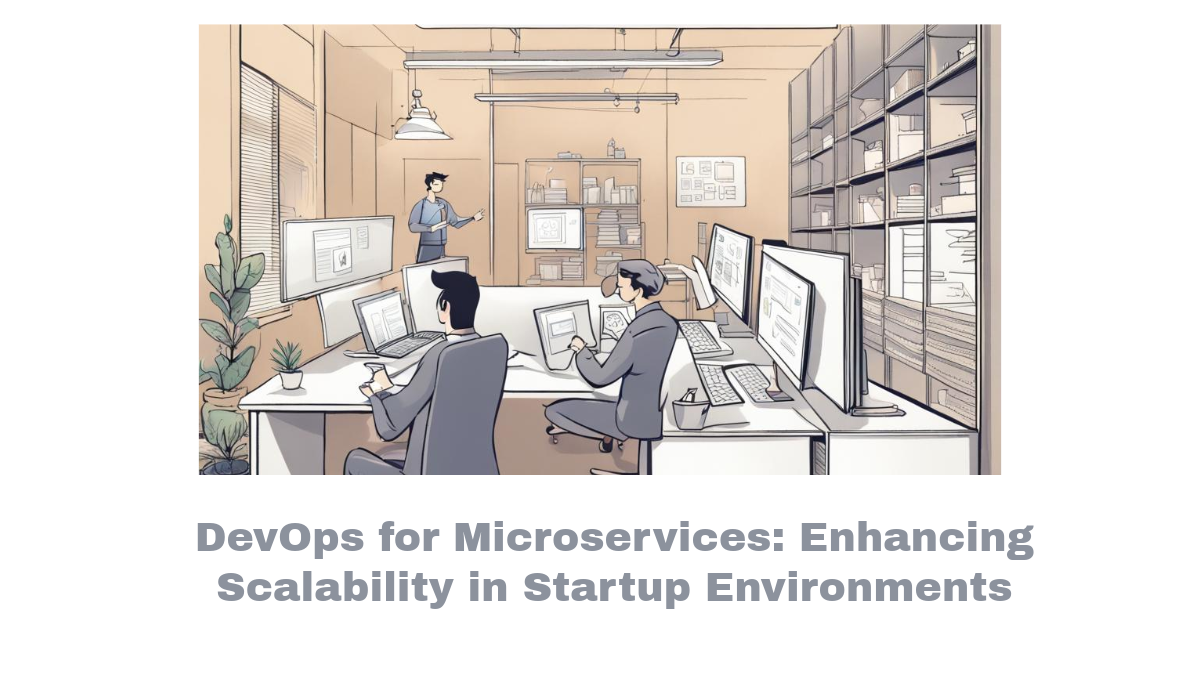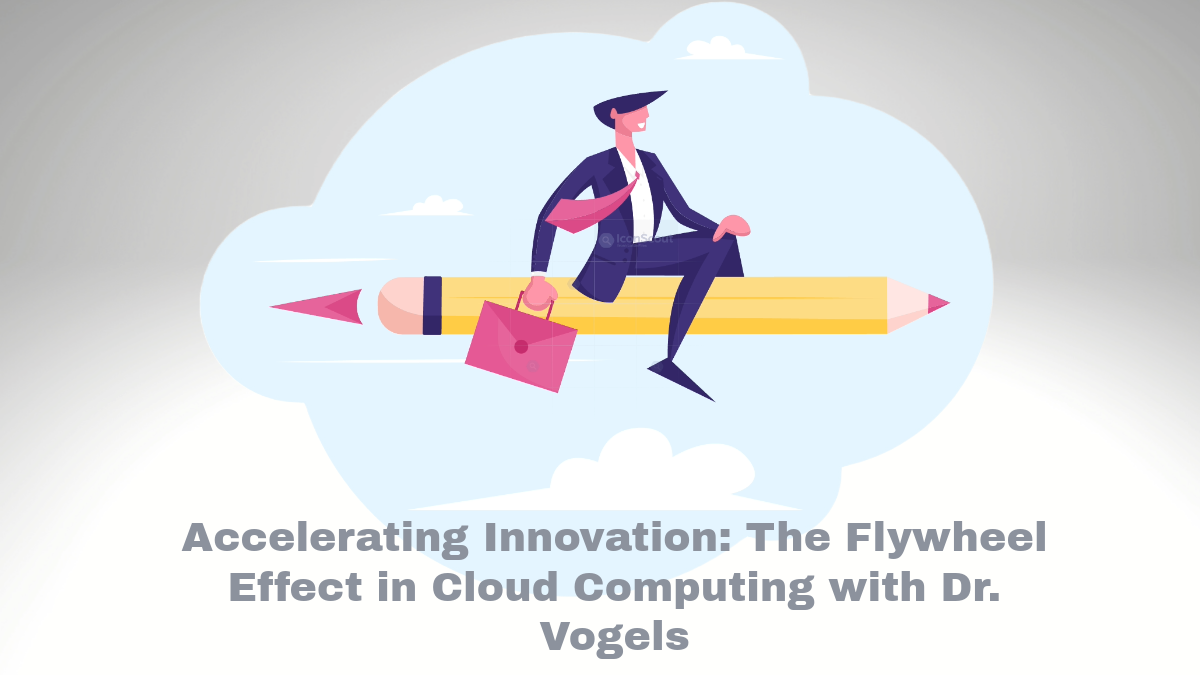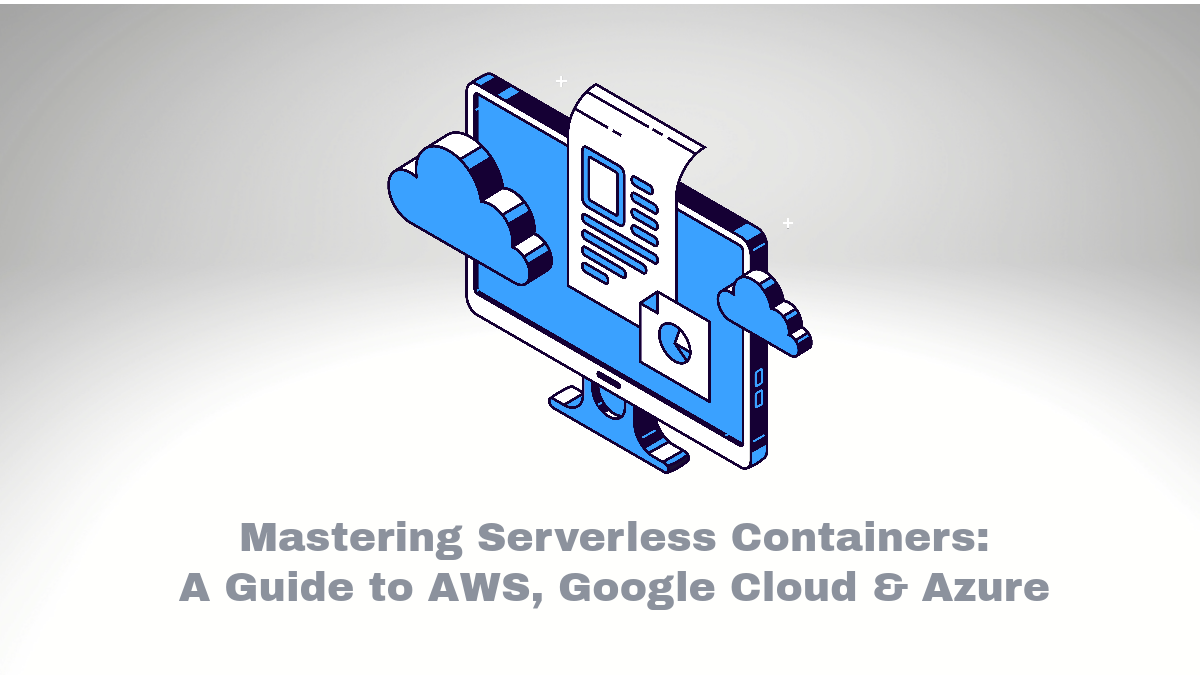Boosting DevOps Productivity: Leverage Containers in CI/CD Pipelines

Imagine this – you’re a developer tasked with releasing application updates, but the process is time-consuming, tedious, and riddled with errors. Sounds familiar? You’re not alone. This scenario yields two significant pain points in software development: continuous integration (CI) and continuous deployment (CD). These methodologies aim to mitigate these issues and streamline software development. But what if there was a way to supercharge these processes even further?
In an era where efficiency is paramount, containers are a game-changer that brings further agility and scalability to CI/CD pipelines. The use of containers within these pipelines fosters easier environment replication and faster deployments—translating into unmatched productivity gains for developers everywhere.
In this article, we will dive deep into the role of containers in CI/CD pipelines, unraveling how they enhance developer productivity while examining their pros and cons. So, for anyone looking at boosting their DevOps productivity, stay tuned! This exploration could be the roadmap to your team’s next big leap in operations excellence.
Understand CI/CD Pipelines
CI/CD stands for Continuous Integration & Continuous Deployment, two pivotal methods in today’s fast-paced software development sphere. These methodologies hold much significance in creating cohesive coding environments, enhancing quality control, and realizing quicker product deployment. Have you ever wondered how quick fixes and new features on your favorite apps are rolled out so swiftly? It’s the magic of seamless CI/CD pipelines that play a key role in these occurrences! In this section, we’ll throw light on the foundation of these methods and their noticeable contribution to enhancing the productivity of software developers.
Basics of Continuous Integration and Continuous Development
Let’s dig into the world of Continuous Integration (CI) first. This principle dictates that developers should frequently merge their code into a shared repository. Ideally, such integrations should happen multiple times per day, leading to multiple builds daily. The chief objective here is to detect issues earlier in the process, reducing backtracking costs.
Continuous Deployment (CD), on the other hand, represents an automated approach to deploying applications. Once tests pass successfully after integration— which signifies no bugs or issues —the new code immediately moves into production.
How they benefit the software development process
The main benefit of CI/CD pipelines stems from their potential to prevent conflict-ridden scenarios arising from different team members’ codes being merged after long intervals. By integrating code frequently with automated validation checks for error detection, problems are detected and fixed quickly.
For CD, teams can get instant feedback on their newly added features or bug fixes by deploying continuously into the production environment after successful testing stages. This empowers them to make changes according to users’ reactions swiftly without having waiting periods.
The Role of Containers in CI/CD Pipelines
Ever wondered what makes these pipelines more efficient? The answer is ‘Containers’. Containers virtualize at an operating system level instead of a hardware level like traditional virtual machines (VM), making them lightweight and portable. They isolate software dependencies by bundling the application code with its related configurations and dependencies, allowing code to be executed seamlessly in different environments.
Examples of containers improving developer productivity
By bringing the power of portability, dependency management, and environment consistency to development workflows, containers have truly revolutionized CI/CD. Rapid setup times, faster deployments, scalability, and easier replication make them indispensable tools for developers.
For instance, Kubernetes—an open-source platform designed to automate deploying, scaling, and managing containerized applications—has become one of the most sought-after tools for managing container lifecycles effectively. Defining a state that Kubernetes reaches using a collection of interrelated tasks in a pipeline eliminates a significant part of manual work, leading to enhanced productivity.
Docker is another example, providing lightweight virtualization with less overhead, making it perfect for continuous integration environments where you need speed and disposable environments.
Containers have not just eased developers’ lives but redefined efficiency by changing how software is being delivered throughout the production cycle, starting from development all the way up to deployment.
Pros and Cons of Using Containers in CI/CD Pipelines
In the world of software development, containers often become indispensable entities when it comes to continuous integration and continuous deployment (CI/CD). However, while they bring along many perks, some limitations also tag along. Let’s delve into these pros and cons below:
Advantages
Easier environment replication
A primary advantage that containers introduce in CI/CD pipelines is facilitating the replication of environments. Containers isolate the software from its surroundings, which ensures that it works uniformly despite differences in infrastructure and configuration across environments. Hence, developers can seamlessly clone their working setups for others on the team or even reproduce bug scenarios or development environments.
Faster and more efficient deployments
Containers are lightweight as they use shared operating systems rather than emulating them as virtual machines do. They kick-start quickly and are easily scalable, leading to substantially expedited deployments. Furthermore, if you couple this with automated pipelines, successive iterations can speed up exponentially without rigorous oversight from developers.
Disadvantages
Potential security vulnerabilities
Despite all their charm, containers aren’t entirely devoid of potential downsides. One of these is related to security vulnerabilities. Hackages or bugs resident within the container images could potentially be exploited by cybercriminals endangering your project’s integrity. Additionally, using containers from unknown sources could expose your project to security risks.
The need for container orchestration
Containers are brilliant at bundling and running standalone applications. However, managing multiple such containers becomes burdensome manually, especially when dealing with scalability or resilience issues. Hence, this necessitates using a separate mechanism – Container Orchestration tools such as Kubernetes – adding another level of complexity to management processes in CI/CD pipelines.
To sum up, while containers greatly optimize the Software Development Life Cycle (SDLC), considerations such as potential security breaches and demands for orchestration tools have to be factored in before unanimously approving their integration into your CI/CD pipelines.
Conclusion
In conclusion, the incorporation of containers in CI/CD pipelines opens a new era in software development, ushering in unprecedented agility and scalability. Rapid and reliable deployments, facilitated by automatic code integration and environment replication features, can significantly improve productivity and efficiency for developers. But as with any technological revolution, prudent management is paramount. Keep up to date make appropriate arrangements for potential security vulnerabilities, and remember to properly orchestrate your containers for responsive scaling. Harnessing the potential of containers could be your ticket to drive the competitive edge of your software development process. Thus, we urge you to delve deeper into this subject, understand its nuances, and embark on a journey of transforming your software development lifecycle through containerization.




Comments